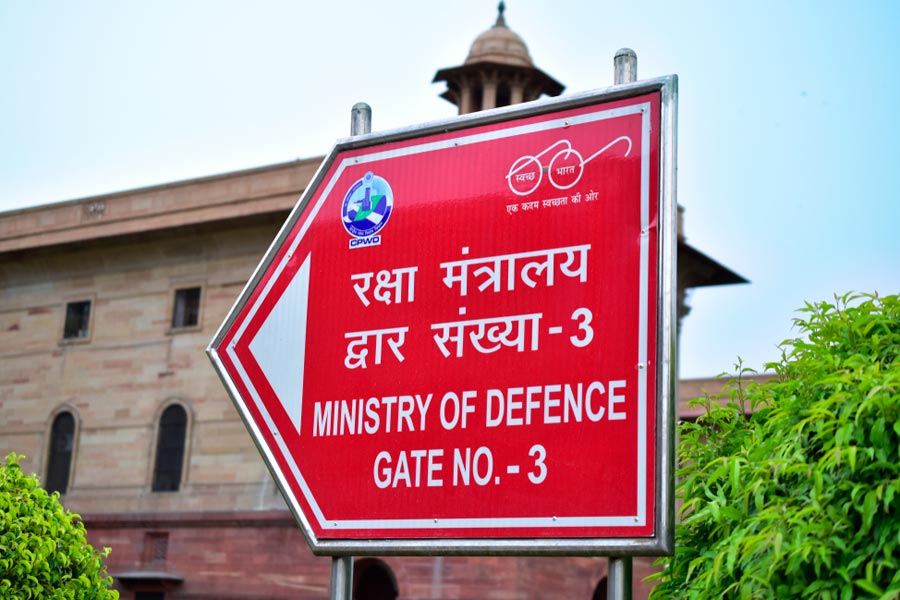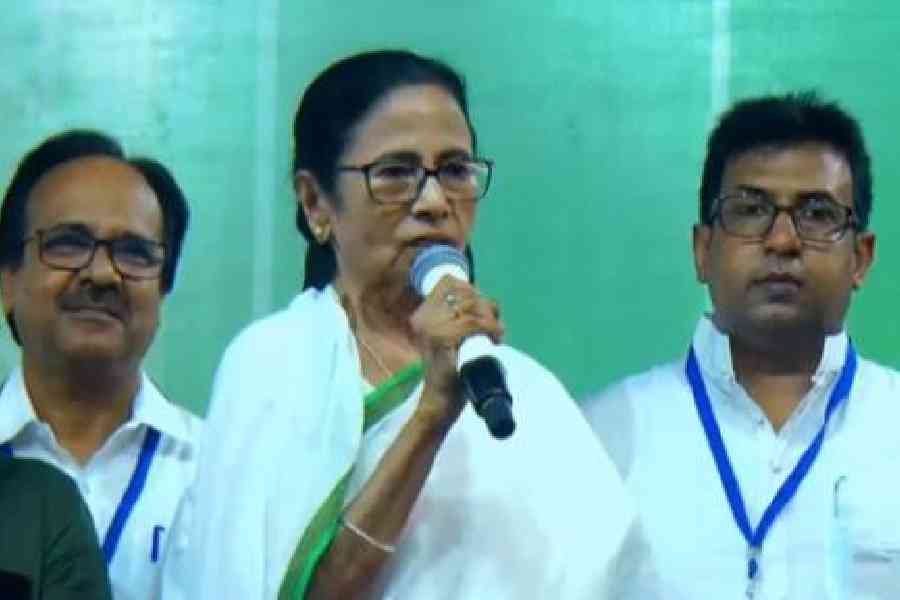 |
| JAC chairman Anand Bhushan shows a model test paper during a meeting in Namkum on Wednesday. (Hardeep Singh) |
The Jharkhand Academic Council (JAC) is introducing optically sensitive answer scripts to prevent manipulation and speed up evaluation of written practical papers held for matriculation and intermediate examinations it conducts every year for over 7 lakh students.
The initiative will begin next year with the practical exams of matriculation where students will be provided with optical recognition sheets (OMR), the kind used in competitive examinations like GRE and GMAT, to mark their answers in.
JAC chief Anand Bhushan said the idea was to speed up evaluation and yet keep the process transparent. Till now, evaluation of lakhs of answer scripts of the one-and-half-hour, 20-mark-worth practical examination would take examiners more than three weeks.
In OMR sheets, the options for an answer to a question are in the form of small circles. A student is meant to blacken the circle representing his/her response. During evaluation, these sheets are scanned and uploaded onto a computer which reads the correct answers and generates a total score.
The OMR sheets are used in almost all competitive examinations based on multiple choice questions.
“This process, which will be completely transparent as OMR sheets are tamper-proof, will also be less time consuming,” he said, adding that JAC was now focussing on various avenues that would help students perform better, score marks easily and at the same time induce a sense of accountability among teachers and evaluators.
The council also unveiled samples of model test papers, prepared on the lines of CBSE, that would also be available on its website for feedback till October 30.
Later, sample OMR sheets and test papers would be sent to all district headquarters for teachers and students to get familiar with the new system and its working.
Bhushan said that the sole objective behind the move was to raise awareness levels among schools, teachers and students so that they could prepare for exams in a far more effective way.
“No matter how well you prepare, unless teachers tell students how to respond to questions and students know how to make an attempt to get better marks, nothing can be done. So, I hope that model papers act as a facilitator for teachers and help them train students better, “ he said.
Several other changes in matriculation question papers would be introduced from next year. For example, in multiple choice questions, space would be provided for students to write the answer instead of the earlier system of using tick marks to choose an answer.
In essay and letter writing, a break-up of marks for introduction, body and conclusion would be mentioned in the question paper so that anyone who is attempting the question is aware how much he can hope to score.
“A tick mark can be misguiding at times. But, if there is a blank space, one has to right in it. Again, in letter writing if someone formats his/her answer properly, but doesn’t have good command over language, then he/she can earn at least a few marks,” Bhushan said.
The JAC chief said they would freeze on a final shape for question papers after going through the suggestions that were expected to come in by October 30.
“Each and every school principal must ensure that his staff go through the papers during this period. If they don’t cooperate and understand the pattern, they would not be able to train students in an effective manner,” Bhushan cautioned.
Do you think JAC should have acted earlier?
Tell ttkhand@abpmail.com











